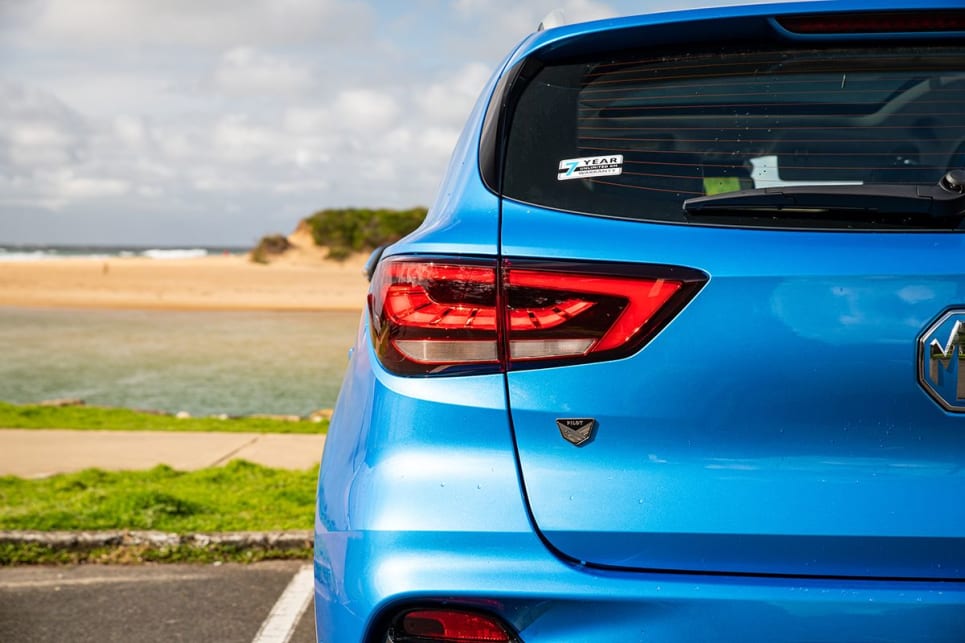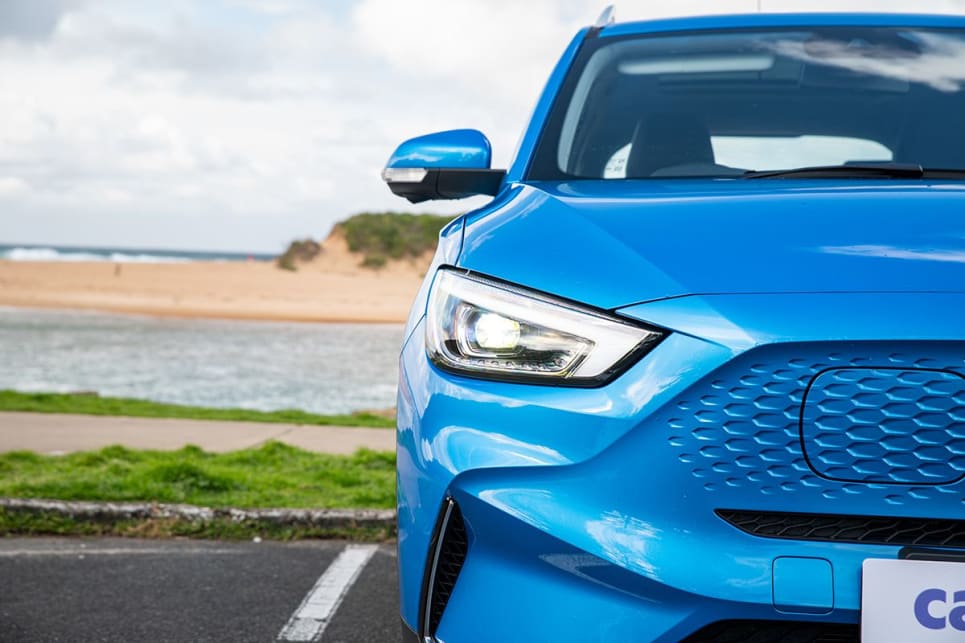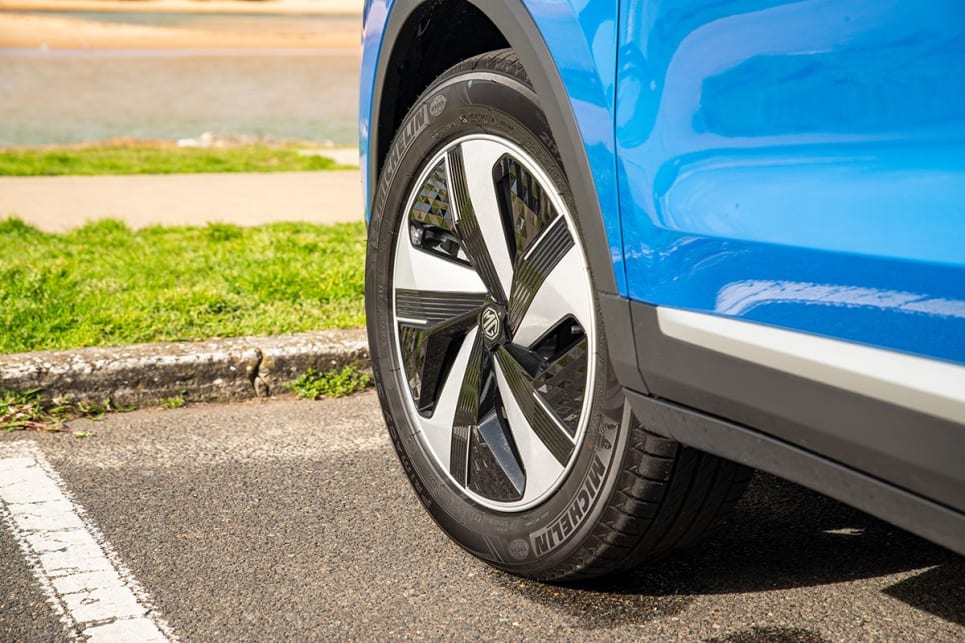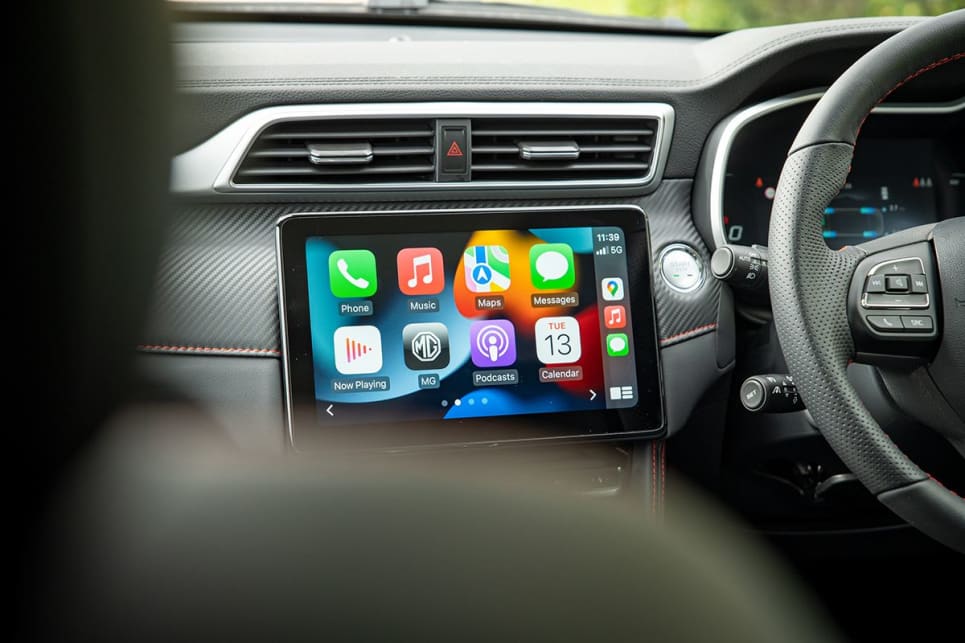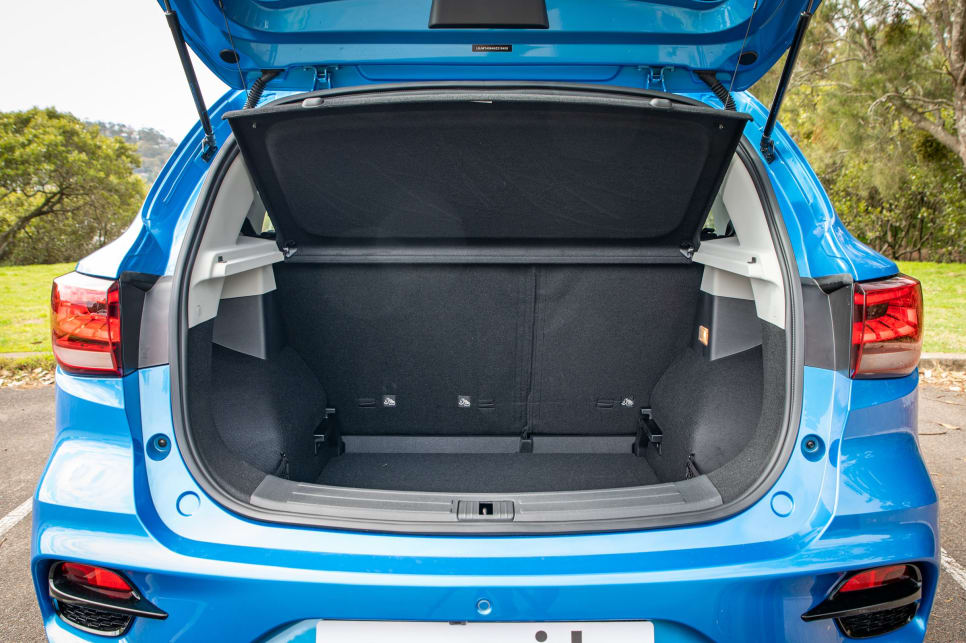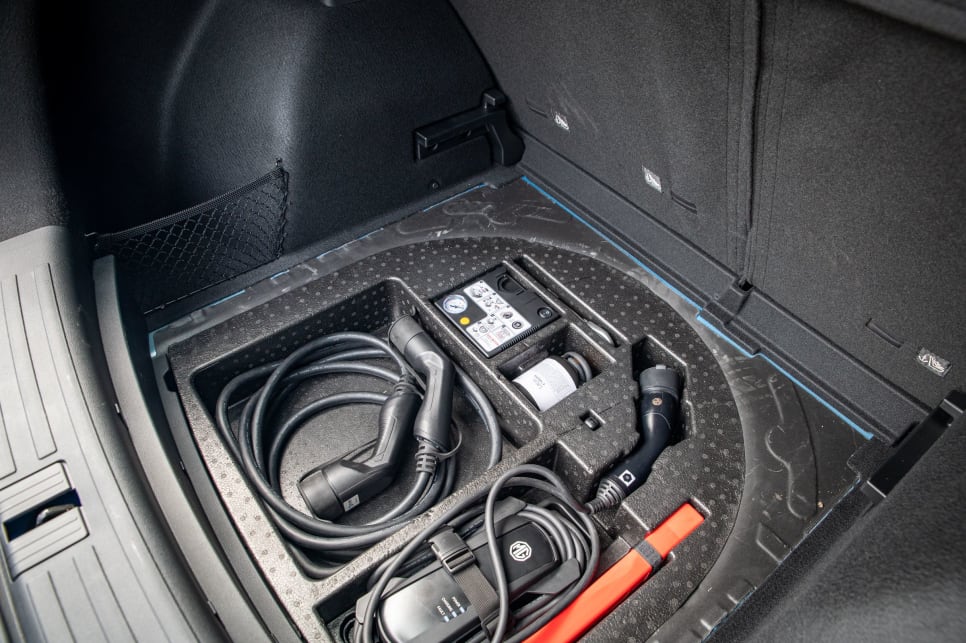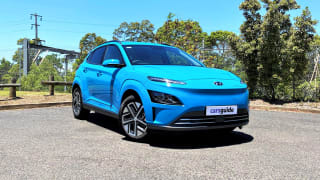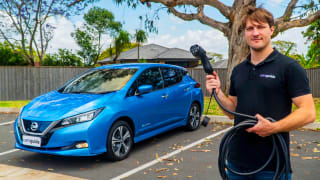$44,990. At the time of writing, that was the drive-away price of the entry-level MG ZS EV Excite grade.
While the BYD Atto 3 small SUV wears a price-tag starting from $44,381, this is a before on-roads figure, and so the MG ZS EV nudges ahead, if only by a little.
MG actually changed the price the day the ZS EV launched, snatching back the title from BYD, and while the brand denied this was in reaction to the arrival of its new nemesis, it did grab headlines.
Value wise things aren’t bad, but as with any electric car you need to consider the available driving range before you look at features. To that end, the MG ZS EV can travel a claimed 320km between charges, while the Atto 3’s base version can travel 345km, so the two are still closely matched despite a slight price discrepancy.
Standard equipment is great in the ZS, with MG leaning into its current value-focused brand pillar. Even the base Excite scores 17-inch alloy wheels, a new 10.2-inch multimedia touchscreen with Apple CarPlay and Android Auto connectivity, a 360-degree parking camera suite, a 7.0-inch digital dash cluster, built-in sat-nav, LED headlights and tail lights, as well as keyless entry and push-start ignition.
The base car scores cloth seat trim with manually adjustable seats, while the top-spec Essence, at some $4000 more gets synthetic leather seat trim, heated front seats, and power adjust for the driver.
The Essence grade also scores a panoramic sunroof, rain-sensing wipers, roof rails, a wireless phone charger, and some additional safety equipment we’ll look at later in this review.
Interestingly, the ZS EV also offers V2L (vehicle-to-load) for the first time, allowing it to power household devices from its external charging port. An intriguing value-add.



